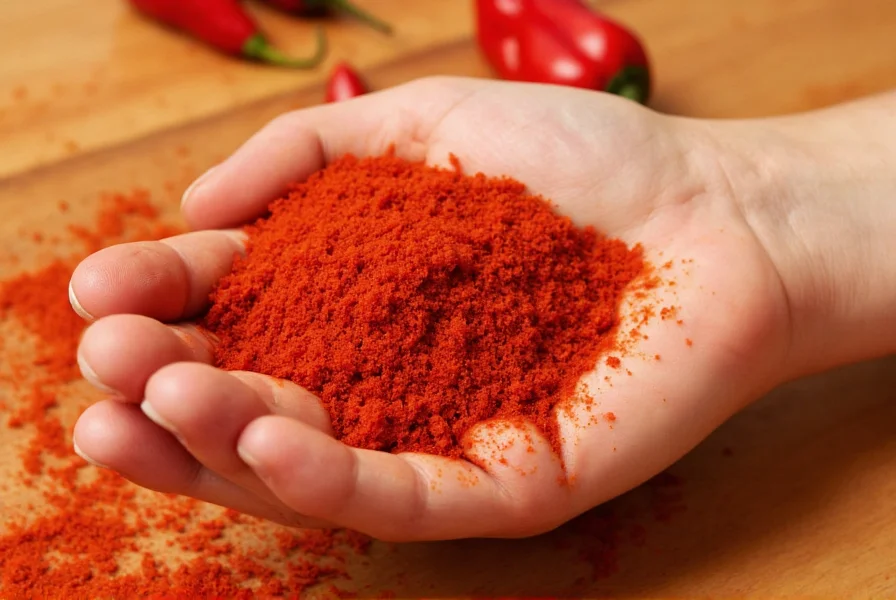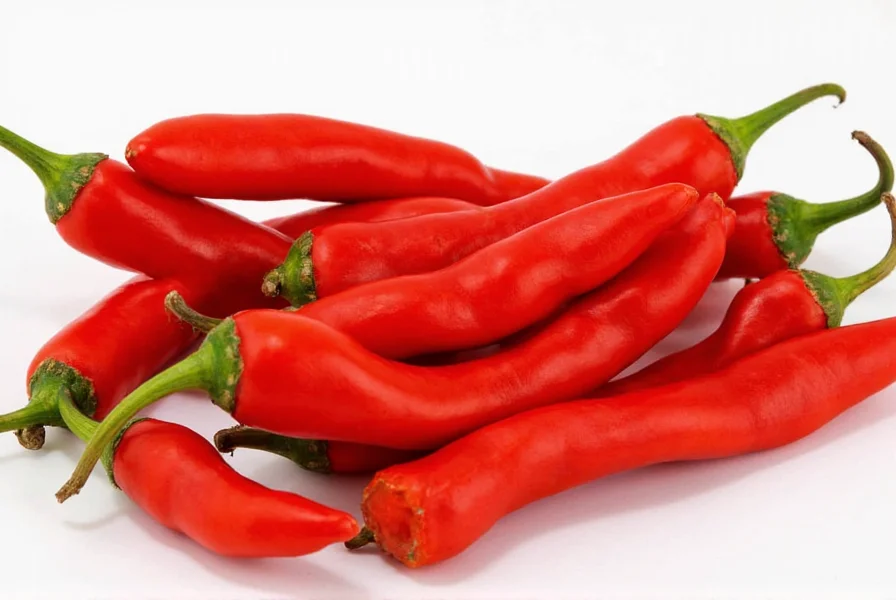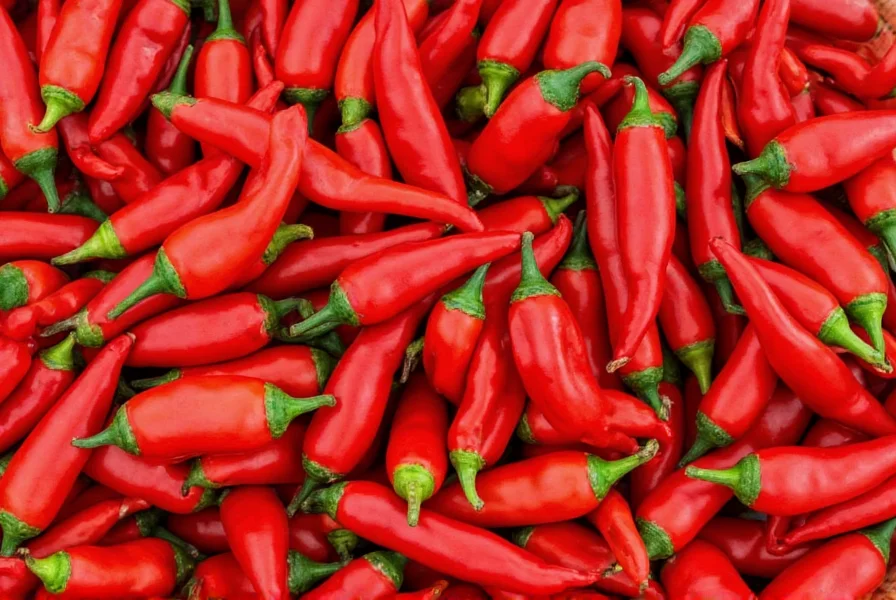While many associate paprika with Hungarian cuisine, its true origins trace back to the indigenous peoples of the Americas. Archaeological evidence shows chili peppers were cultivated in Mexico as early as 6,000 years ago. When Spanish explorers returned from the New World in the 1500s, they brought these vibrant peppers to Europe, where they gradually spread across the continent.
The transformation from fiery chili to the sweet paprika we know today happened primarily in Hungary during the 19th century. Hungarian farmers selectively bred Capsicum annuum varieties to reduce heat while enhancing color and flavor. This careful cultivation created the distinctive Hungarian paprika that became central to the country's culinary identity.
The Journey from Americas to Europe
Christopher Columbus's voyages introduced chili peppers to Spain in 1493. Initially called "peppers" due to their pungency resembling black pepper (Piper nigrum), these New World crops spread rapidly through trade routes. By the 16th century, peppers reached the Ottoman Empire, which controlled parts of Hungary at the time.
Hungarian folklore tells of Turkish soldiers leaving behind pepper seeds during their occupation. While historical accuracy of this story is debated, it's certain that Hungarian soil and climate proved ideal for cultivating these peppers. The Hungarian word "paprika" derives from the Serbian "papar," meaning pepper.

Hungary's Paprika Revolution
The real paprika revolution occurred in the 19th century when Hungarian farmers in the Szeged and Kalocsa regions began selective breeding. They developed varieties with vibrant red color, rich flavor, and varying heat levels. By 1860, Hungary had established itself as the world's premier paprika producer.
Traditional Hungarian paprika production involves harvesting ripe peppers, drying them in special attics with controlled airflow, then grinding them using stone mills. This meticulous process preserves the spice's vibrant color and complex flavor profile. The Hungarian government officially recognized paprika production methods as cultural heritage in 2015.
Global Paprika Varieties Compared
| Region | Heat Level | Flavor Profile | Primary Use |
|---|---|---|---|
| Hungarian | Mild to medium | Sweet, earthy, complex | Goulash, stews, traditional dishes |
| Spanish | Mild to hot | Smoky (especially smoked varieties) | Paella, chorizo, tapas |
| California | Mild | Bright, slightly sweet | Seasoning blends, color enhancement |
| Indian | Hot | Pungent, sharp | Curry powders, spice mixes |
Cultural Significance Across Continents
While Hungarian paprika gained international fame, other regions developed their own distinctive varieties. Spanish paprika (pimentón) often undergoes smoking over oak wood, creating a unique flavor profile essential to dishes like paella. In Morocco, paprika appears in spice blends like ras el hanout. Even in its native Americas, paprika varieties differ significantly from region to region.
The global journey of paprika demonstrates how food traditions evolve through cultural exchange. What began as a staple of Mesoamerican cuisine transformed through European adaptation into the versatile spice enjoyed worldwide today. Understanding where paprika originate from helps appreciate its role in connecting culinary traditions across continents.

Modern Paprika Production
Today, Hungary remains a leading paprika producer, particularly the sweet varieties. However, significant production also occurs in Spain, California, and parts of Africa. The European Union grants Protected Designation of Origin status to Hungarian paprika from specific regions, ensuring traditional production methods are maintained.
When exploring where paprika come from originally versus where it's produced today, it's important to recognize both its American origins and European development. The spice's journey represents one of history's most successful culinary exchanges, transforming from a regional ingredient to a global kitchen staple.
Frequently Asked Questions
Is paprika originally from Hungary?
No, paprika is not originally from Hungary. While Hungary became famous for its paprika production, the spice actually originates from Central America and Mexico, where chili peppers were first cultivated. Hungarian farmers later developed the sweet varieties we commonly associate with paprika today.
How did paprika get to Hungary?
Paprika reached Hungary through trade routes after Spanish explorers brought chili peppers from the Americas to Europe in the 16th century. The peppers likely entered Hungary via the Ottoman Empire, which controlled parts of the region at that time. Hungarian farmers then began cultivating and developing the distinctive sweet varieties.
What's the difference between Hungarian and Spanish paprika?
Hungarian paprika is typically sweet with varying heat levels and a complex flavor profile, used in traditional dishes like goulash. Spanish paprika (pimentón) often undergoes smoking over oak wood, creating a distinctive smoky flavor essential to dishes like paella. Spanish varieties also include hotter options like pimentón de la Vera picante.
Can you make authentic Hungarian dishes without Hungarian paprika?
While you can substitute other paprika varieties, authentic Hungarian dishes like goulash or chicken paprikash rely on specific Hungarian paprika for their characteristic flavor. Hungarian paprika has a unique sweetness and depth that's difficult to replicate with other varieties. For true authenticity, seek out paprika with Protected Designation of Origin from Hungary's Szeged or Kalocsa regions.











 浙公网安备
33010002000092号
浙公网安备
33010002000092号 浙B2-20120091-4
浙B2-20120091-4